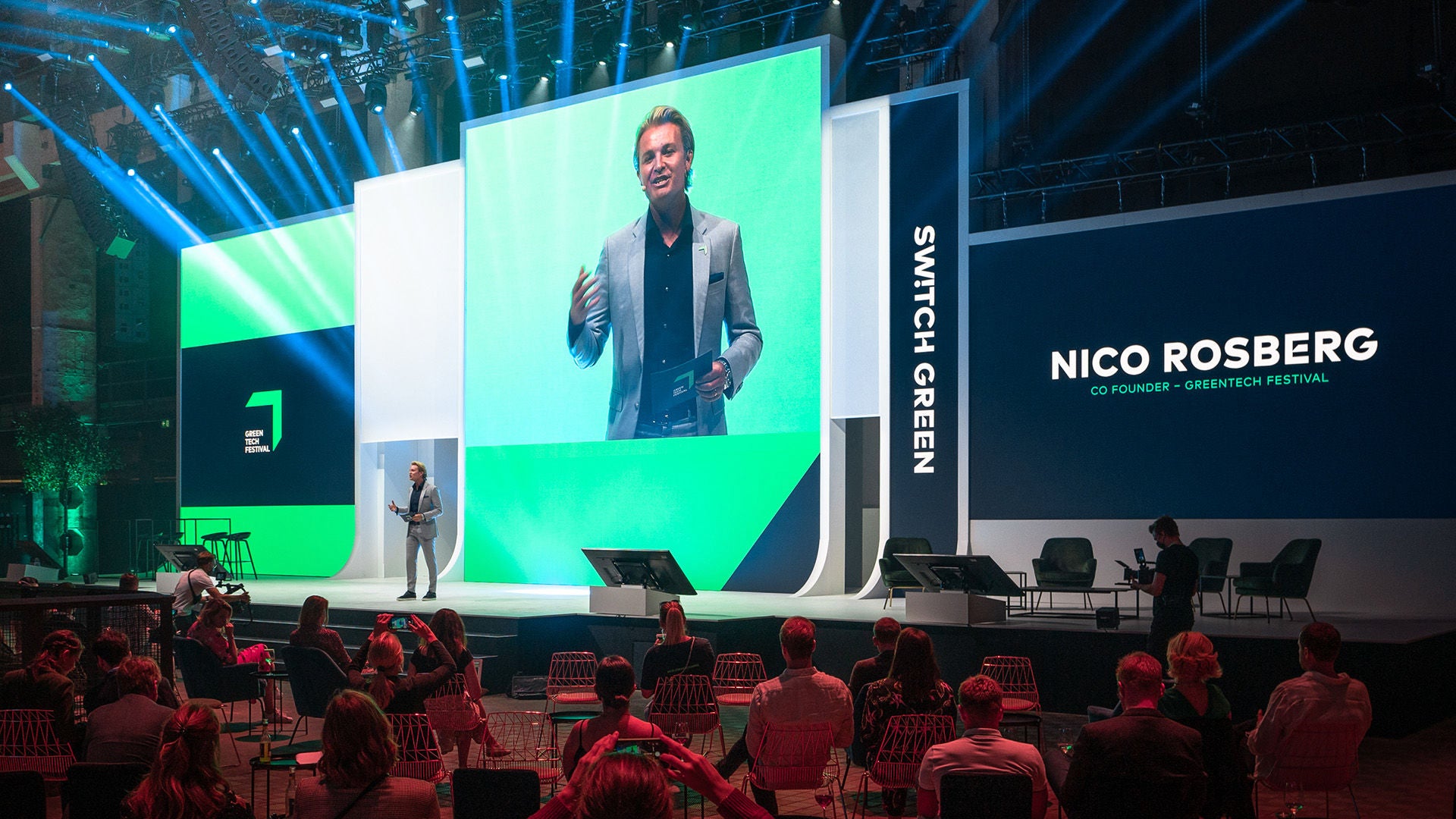Premium Fast Charging Downtown
missing translation: fa.article-intro.reading-time – Copy: Bernd Zerelles - Photo: Tom Lüthi – 05/16/2023
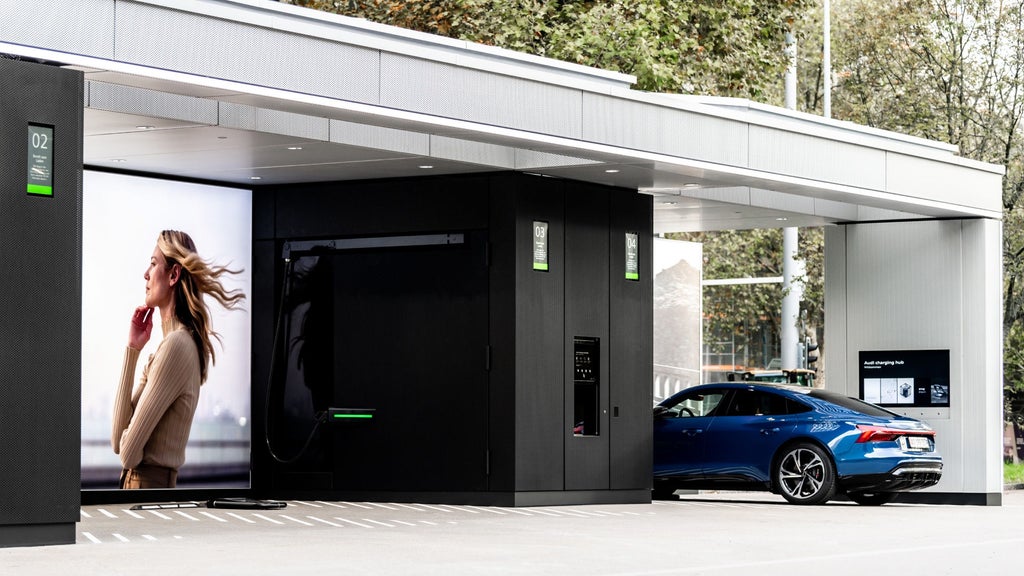
The new Audi charging hub Zurich has four fast charging points. It is located in the new banking district in Zurich Oerlikon at Hagenholzstrasse 48.
The new Audi charging hub Zurich has four fast charging points. It is located in the new banking district in Zurich Oerlikon at Hagenholzstrasse 48.
Electric car drivers will be familiar with this situation: if you push the filter of your charging app to charging power 150 kW and more, you will rarely find a charging station in the inner-city area. Fast-charging points are still often located only on heavily frequented motorways. Audi is now closing this gap, offering a fast-charging concept in urban areas: the Audi charging hub. Following the world’s first Audi charging hub in Nuremberg, Zurich is now equipped with four charging points with up to 320 kW* charging power per charging point since the beginning of November.
Ralph Hollmig, Project Lead of the Audi charging hub: “The pilot project of the Audi charging hub in Nuremberg has shown that our unique concept strikes a chord. The urban charging concept is aimed primarily at city drivers and offers them an attractive alternative to their wall box at home.”
“The urban charging concept is aimed primarily at city drivers and offers them an attractive alternative to their wall box at home.
Ralph Hollmig
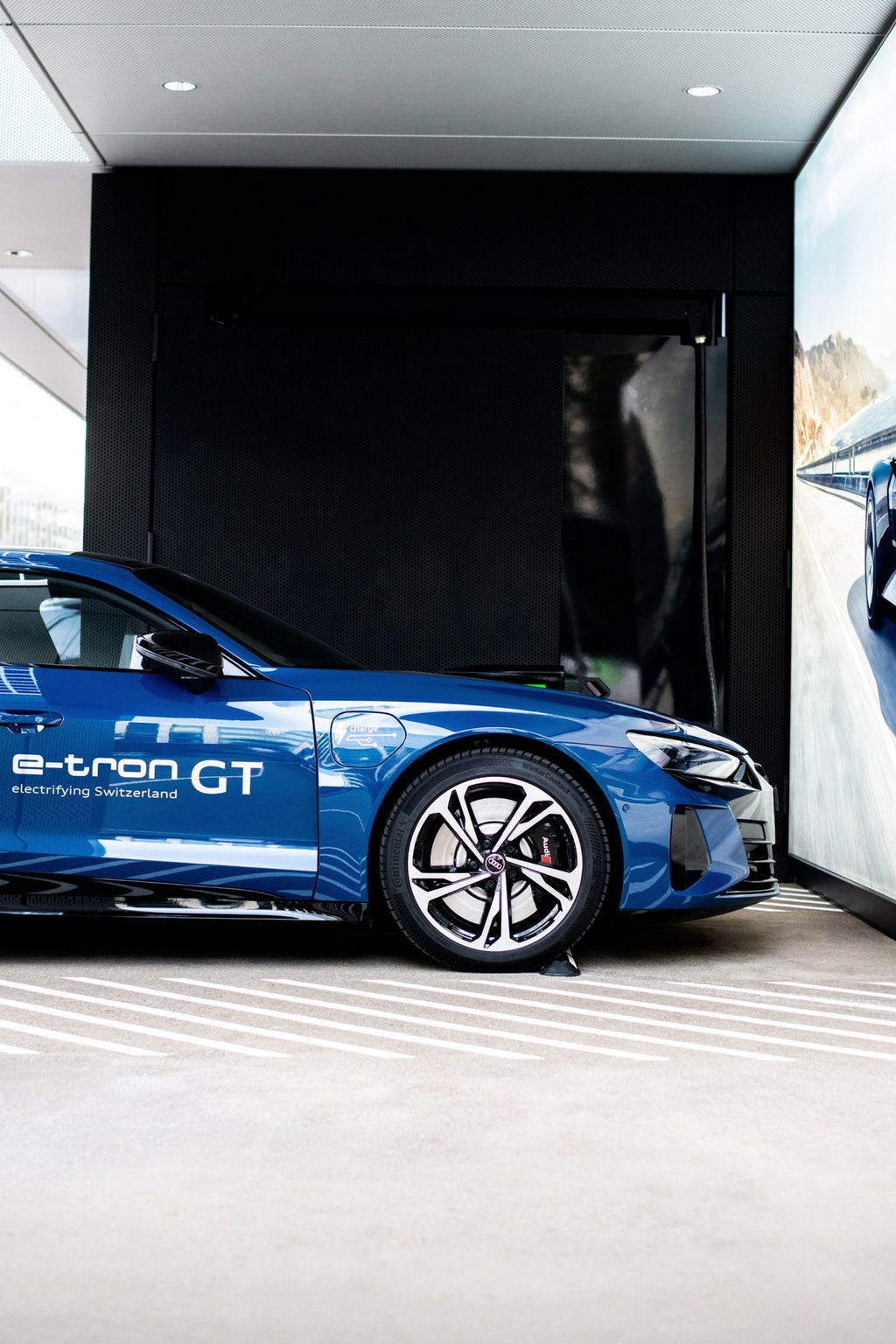
The space at each charging point is generously sized and accessible.
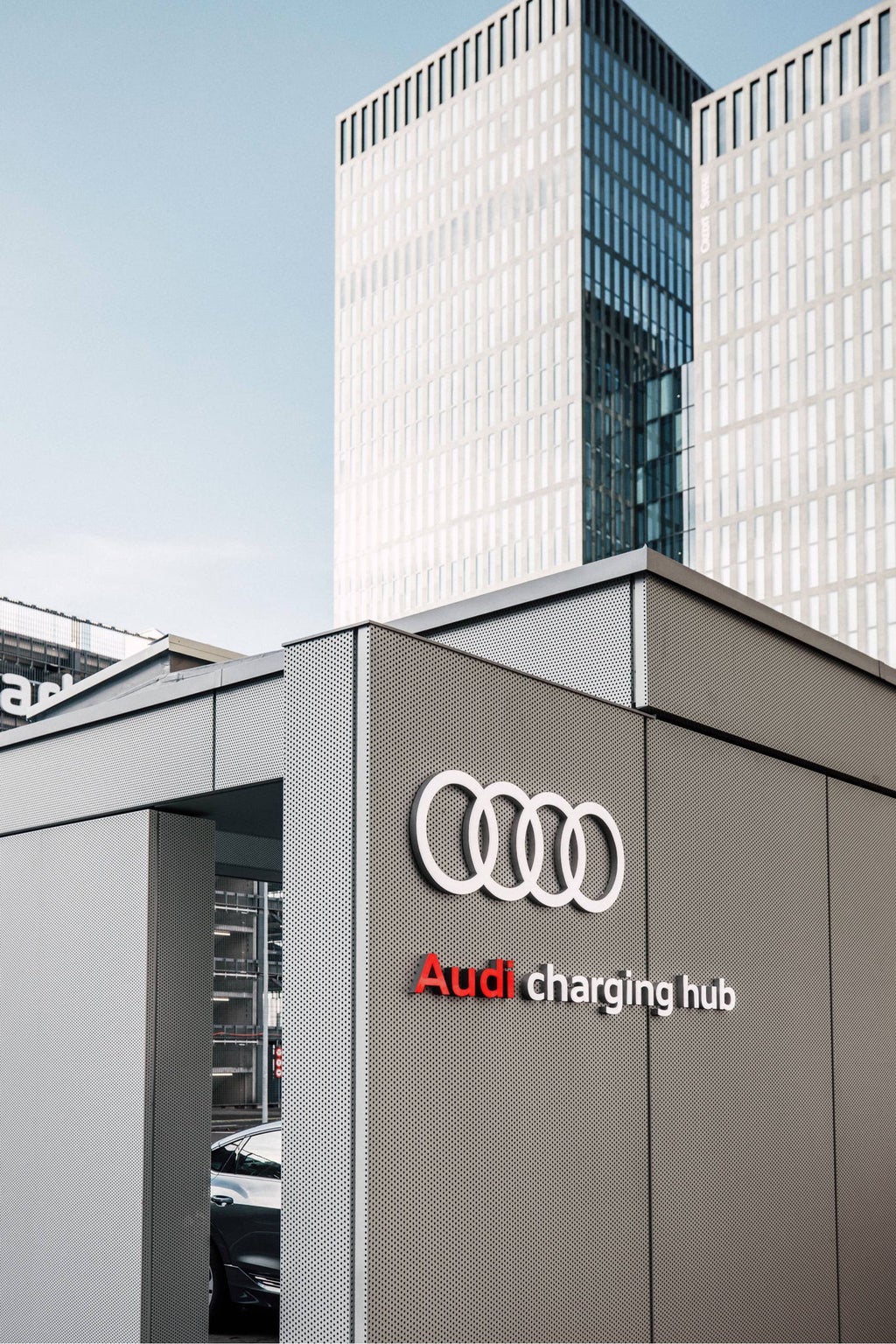
The Audi charging hub is located in the urban district of Zurich Oerlikon.
The space at each charging point is generously sized and accessible.
The Audi charging hub is located in the urban district of Zurich Oerlikon.
HPC charging points downtown
The Audi charging hub is located in the vibrant part of Zurich Oerlikon, in the new banking district directly in front of the Messe Zurich parking garage (Hagenholzstrasse 48, 8050 Zurich). Unlike the Nuremberg hub, the Audi charging hub Zurich is not equipped with a lounge area, because there is an extensive range of services in the immediate vicinity. Two large screens indicate the corresponding service offers and provide tips for things to do during the waiting time.
The four HPC (High Power Charging) charging points each have a roof and a fully accessible swivel arm to charge vehicles across the entire width – regardless of the manufacturer-specific position of the charging socket. The operating displays at the charging points are height-adjustable and the space between the charging cube and the vehicle is also wide enough for wheelchair users.
Booking individual charging slots via the myAudi app
Any electric car equipped with a European standard CCS charging connection can be charged at the Audi charging hub, regardless of brand. Audi customers benefit exclusively from the option of booking an individual charging slot of 45 minutes in advance and free of charge via the myAudi app. The reservation is held for a maximum of 15 minutes – after this time, the slot will be lost. If the reserved slot is still occupied by a previous user on arrival, the reservation is automatically transferred to a free charging point.
The technical heart of the Audi charging hub are the so-called charging cubes – which are modular container cubes that, in addition to the fast-charging infrastructure, also contain used, reconditioned lithium-ion batteries that come from dismantled Audi test vehicles. These so-called second-life batteries serve as buffer storage. As a result, the Audi charging hub system places minimal demand on the local power grid in terms of the power it requires and is simply connected to the existing low-voltage grid. In addition, the Audi charging hub sources 100 per cent of its power from sustainable sources, with its own photovoltaic system on the roof of the charging cubes providing additional green energy.
In total, the Audi charging hub can supply up to 60 electric vehicles with power per day. But there is no need for city dwellers to be envious, because the good news is that more Audi charging hubs of this kind are to follow in 2023: in Berlin in the first quarter, and in Salzburg and Munich in the second quarter of the year. Then electric car drivers in these cities who do not have their own charging facilities at home will be able to charge their cars in an easy and much faster way than at any other charging infrastructure.
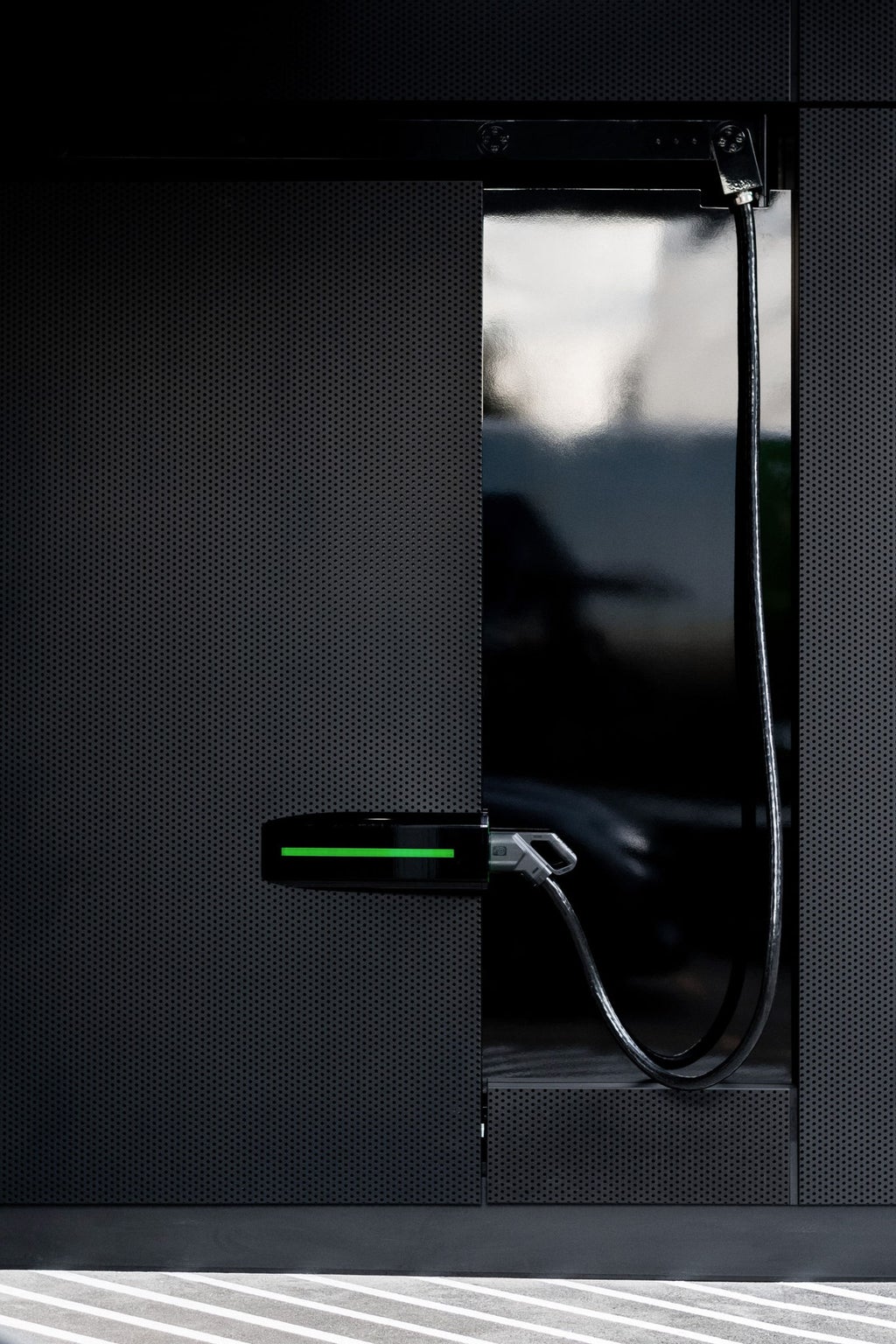
A fully accessible swivel arm at each HPC charging point allows for charging electric vehicles across the entire width.
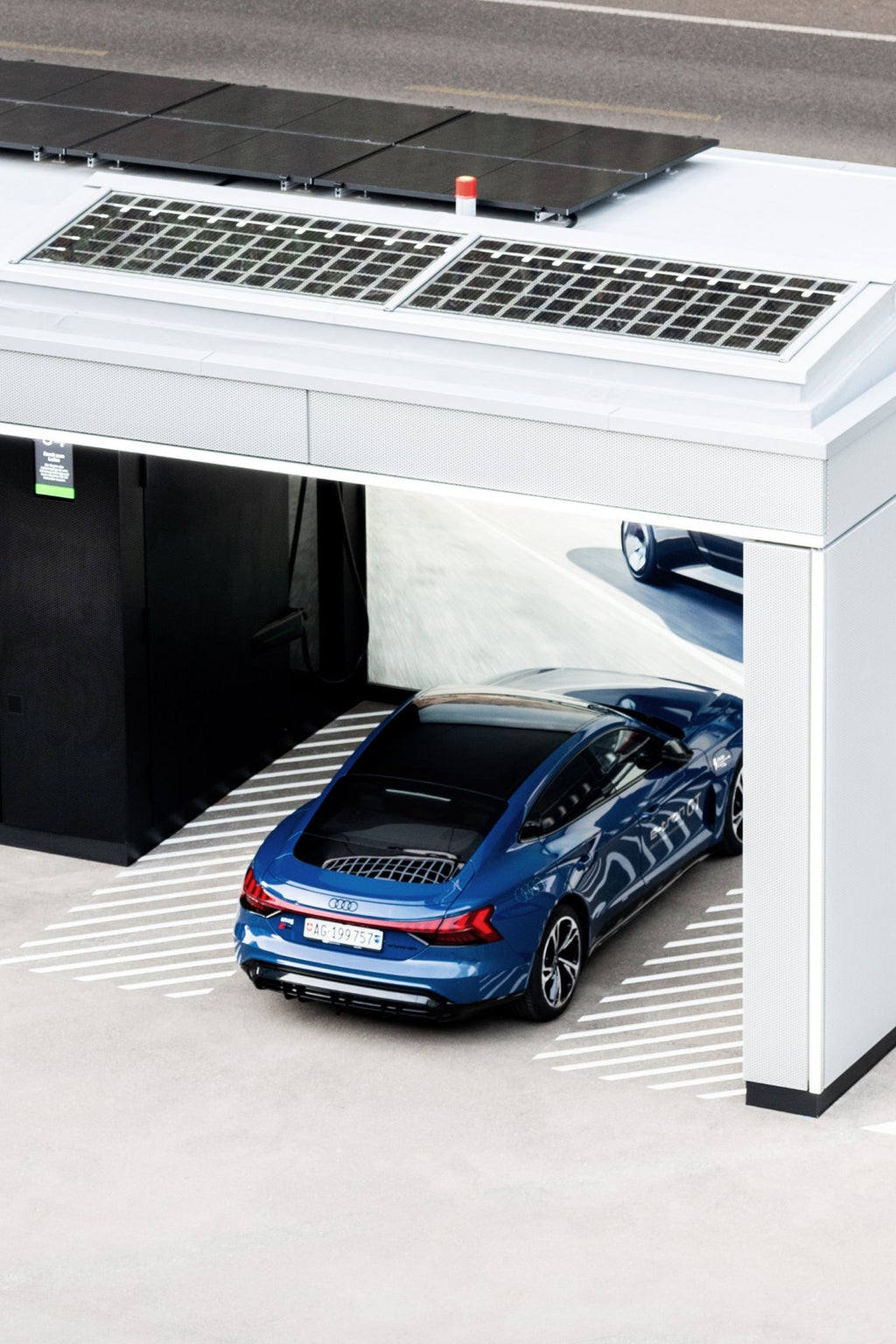
Photovoltaic elements on the roof of the Audi charging hub provide additional power.
A fully accessible swivel arm at each HPC charging point allows for charging electric vehicles across the entire width.
Photovoltaic elements on the roof of the Audi charging hub provide additional power.
New services at the Audi charging hub Nuremberg
The Audi charging hub Nuremberg is equipped with a lounge area and has not only received the renowned “reddot Award 2022” in the category “Brands & Communication”, but also the “ABC Best of Best Award 2022” in the category “Mobility & Innovation”.
Customers can enjoy the following services at the Audi charging hub Nuremberg: a just-in-time delivery service for groceries, high-quality vending machine catering, mobile car care, an exchange station for e-bike batteries and a rental service for e-scooters. Naturally, the Audi Q4 e-tron and the Audi RS e-tron GT* are also available for test drives.
Plans for further service offerings are underway, and from the end of December, a meeting box for undisturbed work will be available in the lounge area. A parcel locker is to be set up on site in the near future. In addition, visitors will soon be able to enjoy digital content from a leading reportage magazine as well as technology gadgets to try out. The new Audi electric kick scooter powered by Egret is also ready for test drives.


